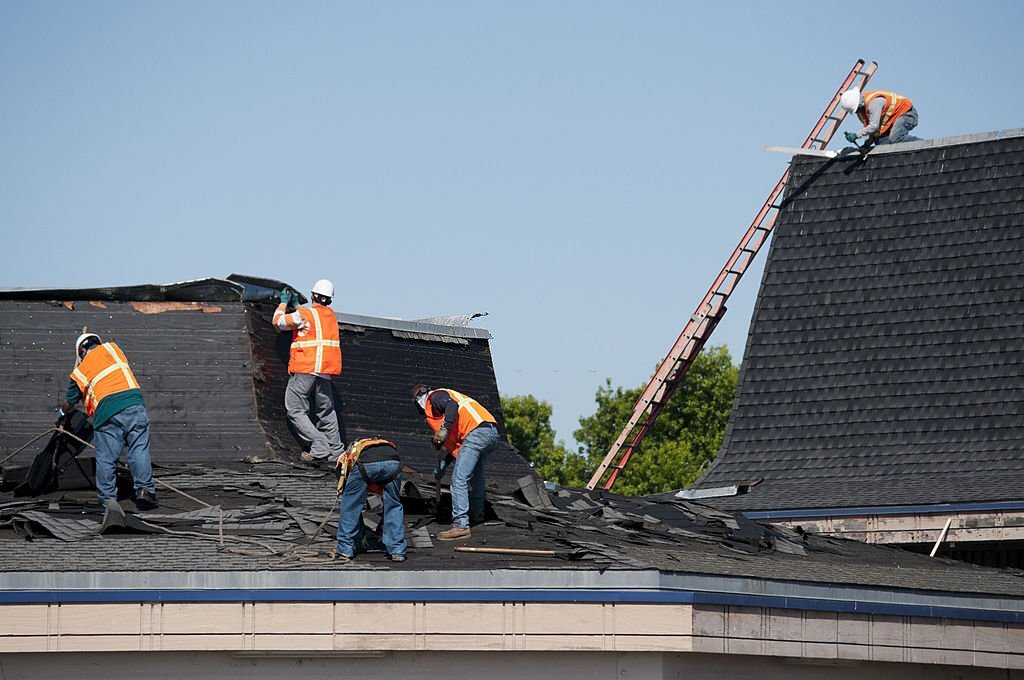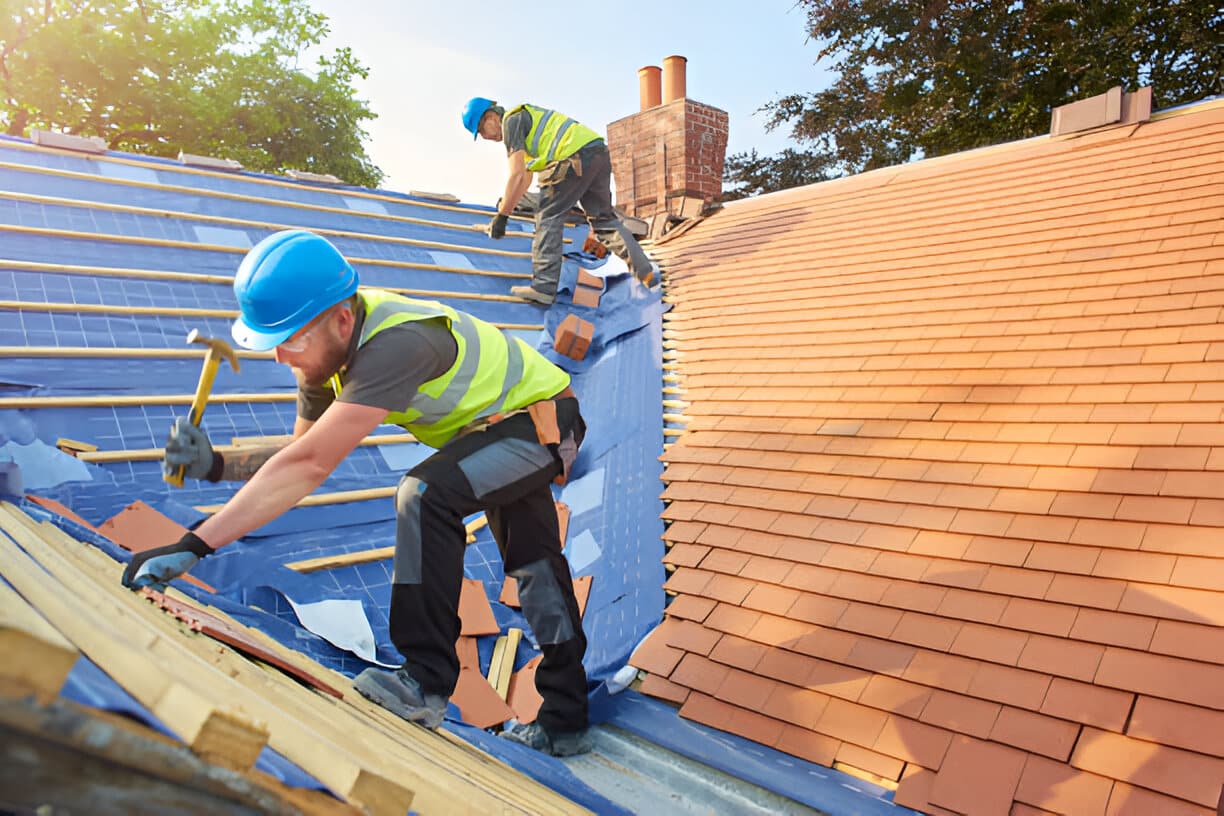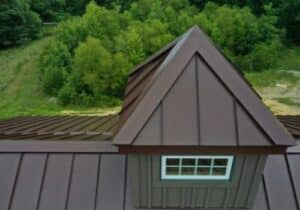
If the attic is big enough, you can find people converting the attic into bedrooms and workspaces, but normally there isn’t much space to allow for that. And therefore, using an attic as a storage place is a common practice. In most houses, you require a ladder to climb onto the attic and therefore you don’t find someone visiting the attic very often.
While that’s an additional utility, the primary job of the attic is to control the temperature of the house. Hot air from the floors below is retained in the attic and this keeps the temperature of the house at a moderate level. If you have a house with an attic, here are some tips from our experienced Maryland roofers to get the most out of it and protect it during a new roof installation.
Prioritize Protecting Important Items in the Attic
As previously discussed, an attic is used as a storage space in many homes. And there are a lot of important and expensive items stored in the attic which you don’t want to be damaged.
During a roof installation, there are a lot of people walking over your roof with all sorts of tools that throw dust. A lot of this dust is collected in the attic. So, before beginning with the roof installation, you need to cover all your important items, preferably with a plastic sheet. Once the job is done, you can vacuum the entire attic and remove the plastic sheets accordingly. Doing this will minimize the damage done to your items. If you want to be absolutely sure that no damage is done, then you will need to move any items that are valuable or important and store them someplace else. The rest can stay in the attic.
Additionally, if your attic has an open pathway through the ceiling, make sure to temporarily close it as well. By doing so you will prevent your house from accumulating unnecessary dust.
Consult with Maryland Roofers for When to Get Your Attic Insulated
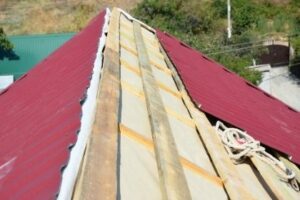
Insulation is beneficial because in the winter more warmth is trapped inside your house, keeping it cool. And vice versa in the summers. This mechanism has a positive impact on the monthly cost of your HVAC system. Consequently, the HVAC systems last much longer. That’s why it’s important for your roofers to be aware of the insulation and help you plan a way to protect it.
Choose an Appropriate Roofing Material
Though you are not limited by options, you should go with metal roofing if you have a house with an attic. Especially so if you live in a location where snow is a constant.
There is a simple logic behind this. Normally, the warm air through your houses rises above and settles in the attic. The trapped air can then heat up the area and the roofing above. A metal roofing with a dark color is likely to quickly get warm and melt the snow it carries. This not only reduces the additional weight on your roof but also saves you the trouble of cleaning the snow yourself.
Make sure to work with a roofing company who is experienced with metal roofing maintenance, so they can install your metal roofing without damaging the insulation.
Consider Roof Ventilation for the Attic
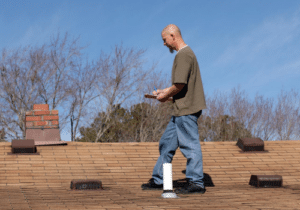
In the summers, improper ventilation can trap warm air in the attic which consequently raises the temperature of the entire house causing your HVAC system to overwork. Winter comes with its fair share of issues too. In the winter, the warm air escaping from your house towards your attic can cause the formation of snow around your eaves and damage your gutters.
A ventilation system needs to be placed in such a way that an equal amount of air comes out and an equal amount enters inside. This keeps the temperature of your house at a constant. The best way to install a ventilation system is to make vents on the ends of a roof that allow for the cold air to get in; pair it with vents on the top of the roof that through the warm air outside of the attic. Both of these vents can be complemented with fans to increase their effectiveness. Normally, you should be having one foot of ventilation for every 200 feet of ceiling space.
Though these are estimated recommendations you must contact a professional for a personalized suggestion. They will be able to help you much better by assessing the type of your property and its location. Enquire about all the tips mentioned above to get the most out of your attic.


